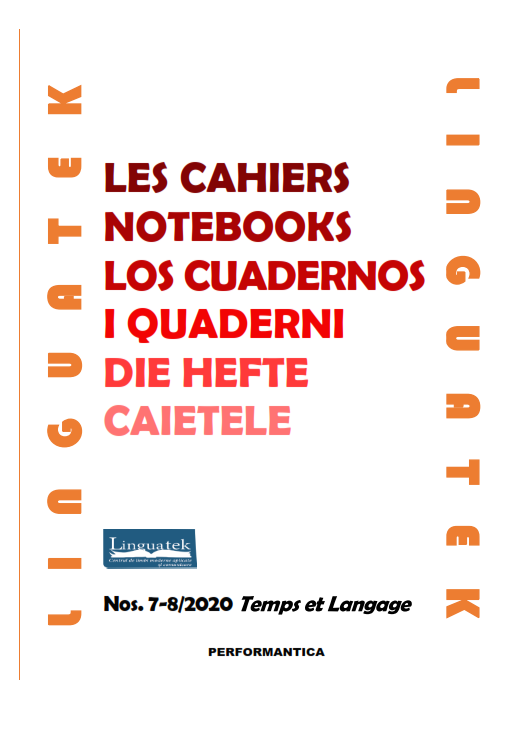Hypostases of Time in Wuthering Heights
Hypostases of Time in Wuthering Heights
Author(s): Nicoleta-Mariana IftimieSubject(s): Studies of Literature
Published by: Editura Politehnium
Keywords: time; chronological time; seasonal time; eternal time; Wuthering Heights;
Summary/Abstract: “Wuthering Heights”, the only novel published by Emily Brontë under the pseudonym Ellis Bell, regarded nowadays as a classic of English literature, did not enjoy much popularity among the readers and critics of the Victorian epoch. The novel has since been revalued and now it stands as one of the 19th century masterpieces. The elusive nature of Emily Brontë’s book, its originality in terms of theme, structure, narrative technique, character delineation, recurrent patterns, symbolism, handling of space and time make “Wuthering Heights” a rewarding and challenging experience for contemporary readers and critics alike.Emily Brontë’s handling of time is one the aspects striking the reader from the very beginning. “Wuthering Heights” displays various hypostases of time, as perceived by the different characters populating the novel. Thus, there is what we might call chronological time or clock time, perceived as such by the main narrators, Ellen Dean and Lockwood, who are particularly keen on stating in an accurate manner the time when the events related take place. Then there is the seasonal or cyclic time that combines constant change and renewal of nature with what is perennial. This hypostasis of time is perceived by young Catherine and Heathcliff, as well as by Catherine’s daughter, Cathy, and Hareton later in the novel. Finally, there is what might be called cosmic, eternal, timeless time, which is longed for and finally attained by Catherine and Heathcliff.
Journal: LES CAHIERS LINGUATEK
- Issue Year: 4/2020
- Issue No: 7-8
- Page Range: 61-68
- Page Count: 8
- Language: English

